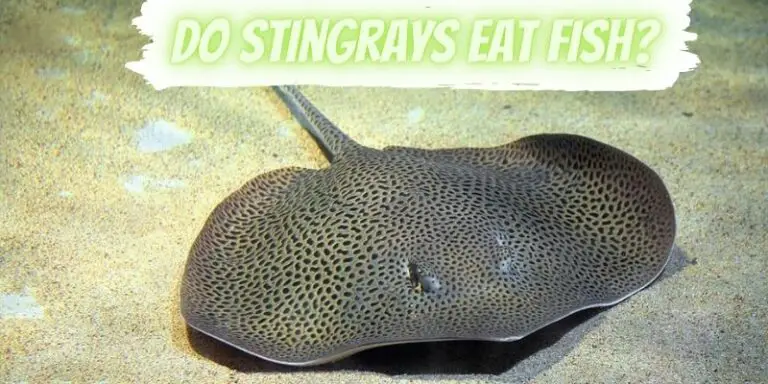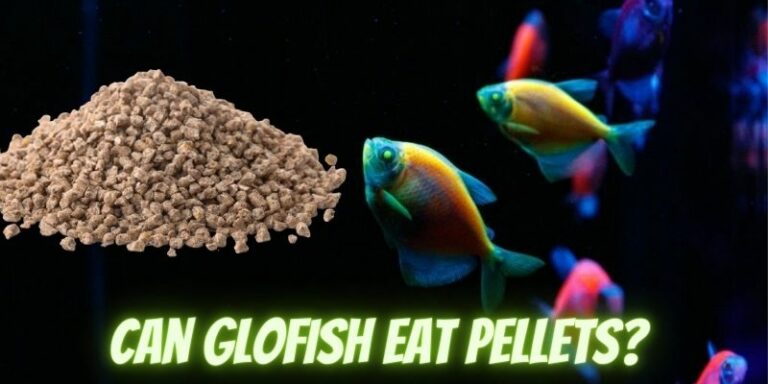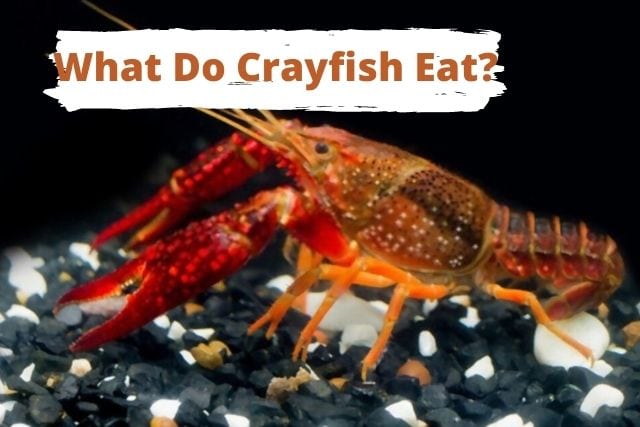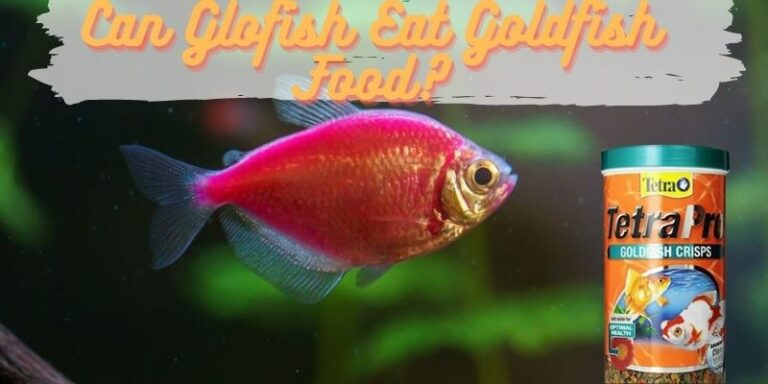What Do Striped Raphael Catfish Eat? (Diet & Foods)
The Raphael catfish are very easy to care for and are considered to be the species that beginners might be looking for to start with.
They are considered to be omnivorous feeders. Proteinaceous or meaty foods make up a huge portion of their diet.
In the aquarium, they can be conditioned to feed on mixed-up omnivorous foods. This guide will educate you about the food preferences of this beautiful fish.
What should I need to feed Striped Raphael catfish?
Being bottom dwellers, these fish inhabit the rivers’ sandy bottoms, streams overgrown with plants, and vegetation. Therefore in captivity, they will be bottom feeders. Feeding on the leftovers of other tankmates detritus and a lot more.
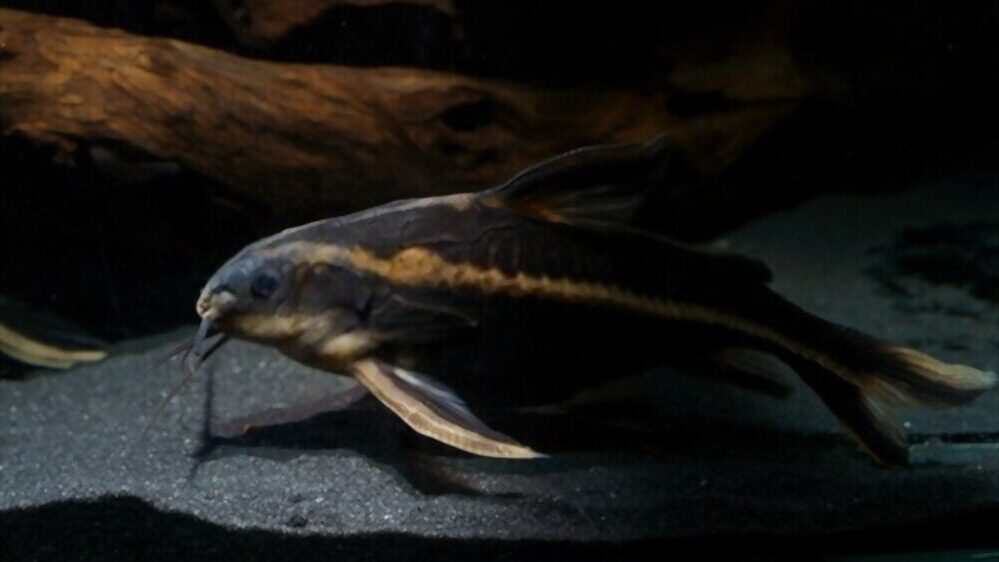
While this fish feeds on leftovers, this is not even close to sufficient to fulfill their nutritional needs. Just like other members of the tank, they also need to be fed a balanced diet properly.
Now, what makes the balanced diet for these scavengers?
Foods like live or frozen bloodworms, vitamin-enriched brine shrimps, feeder shrimps, Mysis, krill along with commercial pet foods like pellets and algae wafers.
The above foods are considered to be balanced diets for the striped. Give them pellets more often. Finely chop up the frozen food before adding it to the tank.
They always tend to overeat and thanks to their increasing appetites. If the food is available, they will not stop eating even if they are not hungry. Avoiding overfeeding, as it can lead to fat deposition in their bellies, may lead to malfunction and, ultimately, death.
What Do Guppies Eat? Diet For Your Guppies
What do Striped Raphael catfish eat in the wild?
As noted previously, they inhabit the bottoms along densely grown vegetation. The submerged bushes and plants house a wide variety of small creatures, which are the ultimate food source for many fishes and provide shelters to the bottom dwellers like striped Raphael catfish.
How Often To Feed Fish & How Much? A Proper Fish Feeding Guide
They are nocturnal, which means they are active only during the night and remain hidden during the day.
The dominance and distribution of this fish all over South American freshwaters is because of their nocturnal nature, which saves them from many diurnal predators. They feed on a variety of crustaceans and mollusks found in the density of plants.
They also feed on the plant’s detritus material, earning them the title not only of omnivorous feeders but also scavengers.
Do Striped Raphael catfish eat algae?
They usually do not feed on live algae. However, some aquarists also suggest feeding these fish algae wafers. Algae wafers are not live algae. But instead, these are commercially prepared fish food made from dried dead algae.
Algae wafers will sink to the bottom, where these bottom dwellers will more likely feed them. This is not something to be provided necessarily to these fish.
However, occasionally giving your Raphael catfish a treat of Algae wafers will not be rejected by it, neither will it do any harm to your fish.
Do Striped Raphael catfish eat other fish?
Although this fish is well recognized for its peaceful and nice behavior, it can eat anything that fits its mouth. Yes, this is the problem with keeping micro size fishes.
If you plan to keep tiny fishes, house them with tankmates of the same size and temperament. Striped Raphael catfish is nocturnal and peaceful. However, it considers the small-sized fishes as its prey.
Many aquarists report several reports about striped Raphael catfish hunting down small-sized fishes while they are sleeping at night.
Best foods for Striped Raphael catfish
Taking into account their omnivorous scavenging nature, they should be a variety of food. You may need not worry about feeding your Striped Raphael catfish because the leftover of anything live or frozen that you will feed other tankmates will eventually sink to the bottom for feeding Striped Raphael catfish.
Almost half of its nutritional requirements will be fulfilled this way. Otherwise, to balance their nutrition and save them from being underfed, you need to feed them a variety of diets as well.
Pellets and various types of commercially prepared foods for carnivores are the best foods for them. You can also supplement their diet with live or frozen foods such as crustaceans like Mysis shrimps, brine shrimps, and krill.
The best way to feed them is to turn off the lights for quite a while, say 30 minutes. This will give the time for other diurnal tankmates to settle in their crevices.
Then turn on the night lights in the room. Sink the pellets in a dispersed way in different parts of the tank to maximize the possibility of striped Raphael getting them.
What not to feed Striped Raphael catfish?
There is nothing in particular that needs to be avoided from feeding the chocolate catfish. They are omnivorous scavengers and feed on anything possibly available to them.
But the most important thing that must be taken into account is overfeeding. High appetites and lust for feeding more can prove to be a silent killer for this fish.
Although they will also feed on the veg diet if available at the bottom but the proteinaceous diet is their very natural and basic need.
Will Raphael catfish eat snails?
Yes, they do eat snails. Snails have shelled animals belonging to the group known as mollusks. The meaty body and the shell of the snails are contained with the nutrients, which are highly beneficial for the striped Raphael catfish.
What Do Butterfly Fish eat? A Complete Diet Guide
Final Words
Striped Raphael Catfish is a freshwater species native to South America’s rivers and is concentrated mainly in the Amazon, Parana, Paraguay, and Orinoco river basins.
Taxonomically it belongs to the doradid family. Scientifically, it is known as Platydoras armatulus.
Because of its magnificent dark brown chocolaty appearance with white striping on the lateral sides, this fish rightfully earns the common names of Striped Raphael or Southern striped Raphael catfish, chocolate catfish, and chocolate doradid. Other common names include thorny catfish and talking catfish.
FAQs
What do spotted Raphael catfish eat?
The feeding preferences of spotted Raphael catfish are no different than the striped Raphael catfish. They are also nocturnal feed on a variety of crustaceans, mollusks, and worms in the wild.
It would be best if you gave Spotted Raphael catfish a balanced diet, including frozen shrimps, freeze-dried bloodworms along with high-quality pellets, and other commercially prepared fish foods.
They are known to reach any foods that reach the bottom. To give them a bit of nutrition, soak the flakes and let them sink to the bottom for the spotted Raphael to eat.
